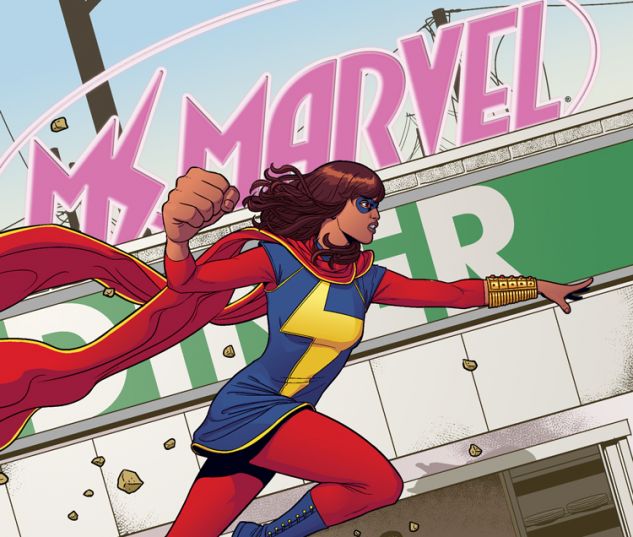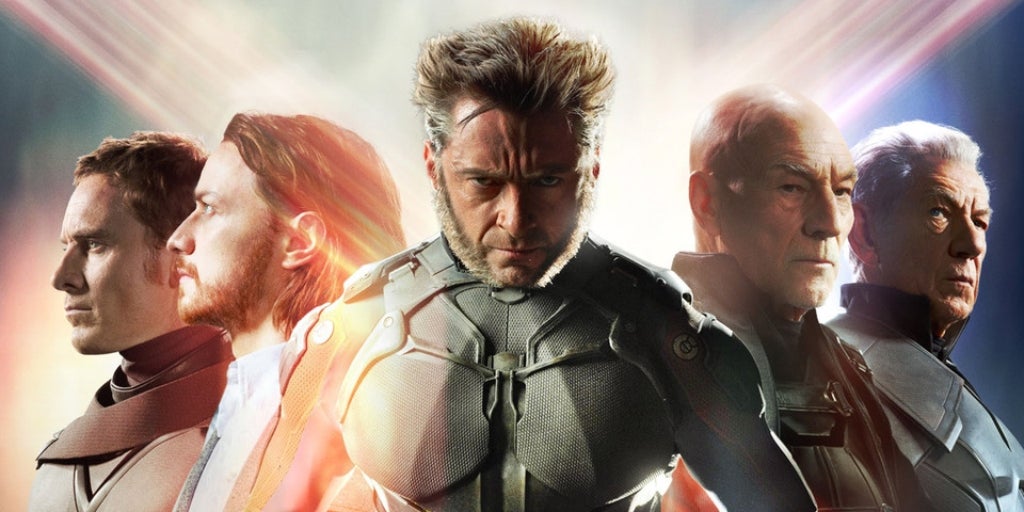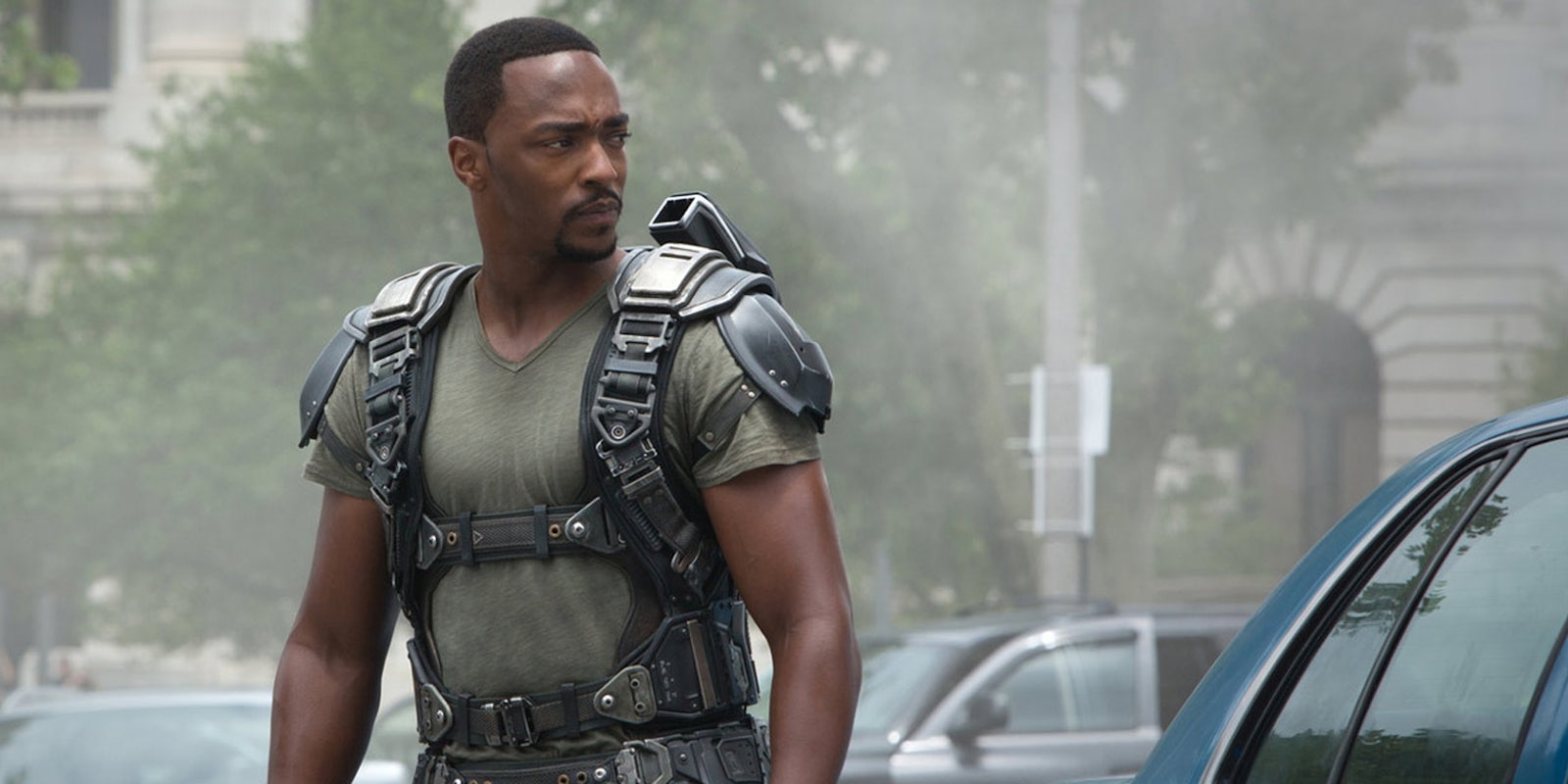The rivalry between DC and Marvel has a long and storied history, and is at least partly manufactured in order to sell more comics and movie tickets. Still, there are definitely some reasonable explanations for the divide.
Over the past few years, DC Comics’ reputation has suffered from a series of mini-scandals stemming from offensive merchandise, gaffes from comics creators, and conflict over perceptions of sexism in the industry. This happens enough to support a website called Has DC Done Something Stupid Today, which counts the days since its last public blunder.
To go by stereotypes, DC is seen to cater to the cliche of the straight, white, male fanboy, whereas Marvel is more successful in attracting new or nontraditional audiences. This year one of Marvel’s most successful new releases was a comic about a Pakistani-American Muslim teen girl who writes Wolverine fanfic. It also recently announced high-profile relaunches for Thor as a woman and Captain America as a black man.
These contrasting images have transferred over to DC and Marvel’s movie adaptations, although it’s debatable how accurate the comparisons actually are. Man of Steel, Gotham, and The Dark Knight trilogy are all male-focused “dark and gritty” reimaginings of DC comics, and Marvel Studios movies tend to be more lighthearted with fleshed-out female characters. However, DC and Marvel adaptations are virtually indistinguishable in terms of casting, with every one of their movies focusing on a straight, white, male hero.
The thing that really got the conversation going was DC’s lineup of new Justice League movies, which included Wonder Woman and an Aquaman adaptation that swapped its blond title character for Hawaiian actor Jason Momoa. Marvel Studios then announced Captain Marvel and Black Panther, but fans were already wondering: Was this just Hollywood catching up with an increasingly diverse audience demographic, or was it evidence of a shift in the editorial direction at DC?

Photo via Marvel.com
Even in the context of comics, the DC/Marvel divide is nowhere near as simple as it sounds. Neither publisher has an impressive track-record with hiring female creative teams, and Marvel recently pissed off a ton of feminist comics fans thanks to a weirdly sexualized variant cover for Spider-Woman No. 1. They’ve actually made many of the same P.R. mistakes as DC, including selling sexist T-shirts to kids. A more accurate read of the situation is that DC screws up a lot, whereas Marvel only screws up sometimes. Plus, people in the industry can’t really be split into teams. Writers, artists and fans regularly overlap between the two publishers, rather than buying into the idea that DC or Marvel represents a particular type of audience. There’s probably a lot more crossover between Captain Marvel and Batwoman than there is between Captain Marvel and Daredevil, for example.
Plenty of comics fans will tell you that the DC/Marvel rivalry is either manufactured or overblown, and they might well be right. But that hasn’t stopped the concept bleeding into the fandom for superhero movies.
At the moment there are four major superhero franchises in rotation, and three of them are Marvel properties. However the Marvel/DC rivalry is mostly seen as restricted to Warner Bros.’ Justice League and Marvel Studios’ Avengers universe, as they are the ones directly linked with the publishers themselves. The other two are Spider-Man (Sony) and the X-Men (Fox). Sony’s main goal seems to be to milk every last dollar from the Spider-Man brand, while the X-Men franchise has been continuing the same story arc since 2000—long before the current DC or Marvel Studios franchises existed.
(It’s worth mentioning that Fox’s X-Men boasts the most diverse cast in the genre, but still managed to sideline all female and minority characters while focusing on Wolverine for six of its seven existing movies. This is proving increasingly unpopular with fans of the X-Men comics, who are used to characters like Storm having better roles. Basically, Marvel movies are uniformly far more focused on white men than Marvel Comics’ current output, regardless of which studio is making them. The only solidly confirmed X-Men spinoff at the moment is Gambit, starring Channing Tatum.)

Photo via comicsatthemovies/Tumblr
At first glance, the Hollywood adaptations of DC and Marvel heroes fall into the same dividing lines as the comics. DC spent decades licensing Batman and Superman for various remakes, and then made the conservative but profitable decision to launch gritty reboots of both characters. Marvel Studios took a risk on more obscure characters like Thor and the Guardians of the Galaxy, and created a hugely successful “megafranchise” model that now has other Hollywood studios scrambling to keep up. Marvel fans have also spent the past few years smugly asserting that the Marvel Cinematic Universe (MCU) is far more progressive than DC. Technically that’s true, but it’s also not much of an achievement because the Dark Knight trilogy sets a very low standard.
From 2006 to 2012, the Dark Knight trilogy was released over the same period as Marvel Studios introduced Iron Man, Captain America, Thor and The Avengers. In that time a huge fandom grew up around the MCU, including a lot of women who appreciated the well-written relationships and female characters in the franchise.
It was easy to look at something like Thor, with its four female characters and controversial racebent casting and say it was “better” at diversity than the cardboard cutout women and whitewashed villains of Christopher Nolan’s Batman. The problem was, the Dark Knight movies were just one trilogy made by a director with a very specific vision—and a career-long habit of making movies about white male antiheroes angsting over two-dimensional women.
When Man of Steel came out in 2013 it got a tepid reception from critics, but its depiction of Lois Lane was just as feminist as Iron Man’s Pepper Potts or Thor’s Jane Foster. Still, the idea persisted that the MCU was the more woman-friendly option—and at least Marvel seemed to be edging towards more racial diversity in films like Captain America: The Winter Soldier.
The truth is that while Marvel was being praised for passing the Bechdel Test and including characters like Nick Fury, the MCU only looked good by comparison. For a series of movies that take place in New York, Miami, New Mexico, and various alien planets, it was almost impressive how many white men were at the center of every MCU storyline. Basically, Marvel had discovered a winning formula to keep everyone happy: Make sure that side-characters like Black Widow and Falcon are given decent roles instead of being offensive caricatures, and it will be a very long time before anyone notices you launched three entire franchises starring blond men named Chris.
This is why fans were sure Marvel would be making Black Widow and Falcon franchises while DC rebooted Batman for the fiftieth time. After all, Marvel’s announcement of two female-led TV shows was surely a good sign, as was Agents of S.H.I.E.L.D., which has an unusually diverse team of writers and directors behind it.
At the same time as Marvel started talking about Peggy Carter and Jessica Jones, DC greenlit three TV shows: Constantine (about a morally ambiguous white guy with a sad backstory), Flash (about an optimistic white guy with a sad backstory) and Gotham (about several white guys growling at each other, plus Jada Pinkett Smith and teen Catwoman). It looked like DC was still being governed by very conservative editorial decisions, which is why everyone was so surprised by DC/Warner Bros. new slate of Justice League movies.
Jason Momoa Excited To Represent Polynesians As Aquaman https://t.co/ees8BkHfe5 pic.twitter.com/sY5x1VbkSF
— ComicsAlliance (@comicsalliance) October 22, 2014
Over the next few years, DC/Warner Bros. will make Aquaman, Wonder Woman, Cyborg, and The Flash. Not only did they announce a female-led movie before Marvel Studios, they also announced two separate franchises with actors of color in the lead roles. Fans who had been hoping for more diversity in the genre were overjoyed, but they were also a little confused. Was DC really pulling ahead in the diversity arms race? Why hadn’t Marvel announced a Black Widow solo movie? Suddenly, Marvel wasn’t the least-worst option any more.
To make matters worse, rumors began circulating that Marvel had cast Benedict Cumberbatch as Doctor Strange, bringing them up to six separate franchises starring white guys. In a genre where the protagonists are by definition stronger and more impressive than everyone else, this wasn’t exactly sending a positive message. Was it really acceptable for Marvel to make billions of dollars on a brand that glorified white male strength above all else, while simultaneously promoting itself as the progressive option?
Two weeks later the situation appeared to resolve itself when Marvel Studios revealed plans for Captain Marvel and Black Panther movies. If we look at this as a numbers game then DC/Warner Bros. are still slightly ahead, particularly after they went public with the fact that they’re looking to hire a female director for Wonder Woman. But really, we won’t know who’s been making the right decisions until some of these movies come out, because we have to see how those characters are depicted.
Nailed it. #WonderWoman pic.twitter.com/Z4Rw6AwkrO
— Sam (@retconning) October 29, 2014
It can only be a good thing that Hollywood studios are now competing to launch more diverse lineups for this kind of mainstream entertainment franchise. With movies like Captain Marvel, Aquaman and Black Panther in our future, everyone wins. Audiences who felt sidelined by the endless Iron Man and Batman sequels will finally be represented, and people who thought superheroes could only look like Christian Bale or Chris Evans will be proven wrong.
This leaves room for a far more constructive kind of divide between DC and Marvel: A divide in terms of tone and genre. The Justice League franchise already looks like it will follow Man of Steel’s gritty, serious tone, while Marvel Studios is making bank with comedic franchises like Guardians of the Galaxy. With eight or nine new superhero movies coming out each year, the best way to stay individual isn’t just to be diverse in terms of casting, but to tell a wider range of stories altogether.
Photo via Marvel.com


